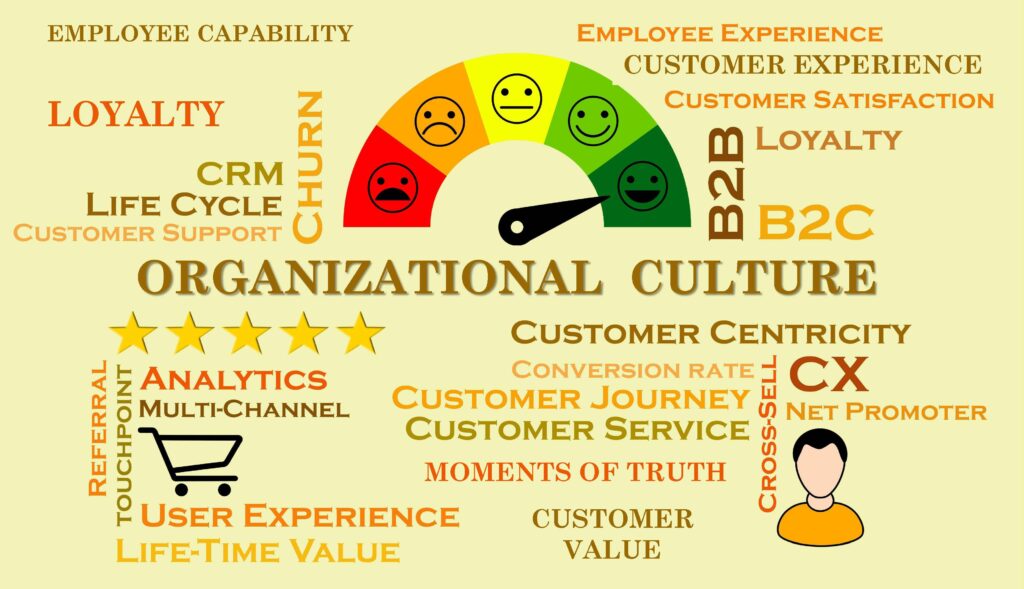Outsourcing and Organisational Change: Managing the Human Side of Structural Shifts

When an organisation decides to outsource non-core activities—whether it be IT support, payroll processing, facilities management, or other administrative functions—it is often in pursuit of efficiency, cost savings, or improved service quality. However, such a decision inevitably triggers a ripple of internal changes. While much attention is typically focused on vendor selection, contracts, and performance metrics, the most complex and sensitive aspect is often managing the human impact: what happens to the people whose roles are affected?
This page discusses the key change issues that arise when outsourcing, particularly around workforce management, organisational structure, communication, and corporate values.
Understanding the Human Cost – One of the first and most difficult realities to confront is that outsourcing often results in job redundancies or role reassignments. Employees who have served the organisation loyally may find their positions no longer exist in-house. For these individuals, uncertainty, fear, and loss of morale are common reactions. For the organisation, this becomes both a reputational and ethical challenge.
Should employees simply be marched out the door? – The short answer is no. While some may view job cuts as a transactional necessity, a more progressive and sustainable approach considers the long-term effects on organisational culture, employer branding, and trust. Ethical responsibility, coupled with enlightened self-interest, suggests that helping affected employees transition respectfully and supportively is not only the right thing to do but also makes sound business sense.
Redeployment and Reskilling: A Better Path – Organisations that value their workforce and want to maintain morale often explore internal redeployment options. This can include retraining employees for other roles within the organisation—particularly if those roles are growing in demand. Reskilling initiatives can help move people into new functional areas, for example, from manual data processing to digital content management, or from in-person customer service to online support.
Benefits of redeployment include:
- Retention of institutional knowledge
- Enhanced employee loyalty and engagement
- Smoother change transitions with lower resistance
- Lower costs than recruiting and onboarding externally
That said, not all employees will be suitable for redeployment due to skills mismatch or organisational constraints.
The Role of the Outsourcing Provider – Should the outsourcing provider be asked to take on affected staff? This option—sometimes called “lift and shift”—is common and often forms part of the outsourcing negotiation. Transferring existing staff to the service provider can offer multiple benefits:
- Immediate continuity of service
- Retention of experienced personnel
- Reduced anxiety and uncertainty for employees
- Improved relations between organisation and provider
This approach is especially viable when the outsourced function is highly specific to the original organisation’s processes, such as IT systems unique to that business. However, success depends on the willingness and capacity of the service provider, as well as the terms of the outsourcing agreement. Care also needs to be taken in terms of whether organisational cultures are compatible. Bill has experience of IT staff from Public Service organisations being brought into fast-paced IT Service organisations which simply didn’t work due to massive cutlural gaps.
Managing Communication and Culture During Change

Poor communication is one of the leading causes of failed organisational change. When outsourcing is on the table, transparency becomes vital. Senior leadership should:
- Be upfront about the reasons for outsourcing
- Communicate early and often, even when all details are not yet known
- Offer forums for staff questions, feedback, and support
- Provide reassurance about the future of the organisation
Outsourcing often raises concerns about the erosion of organisational identity, especially if large numbers of functions are moved outside the organisation. Leadership must articulate a clear vision that helps employees understand the strategic purpose behind outsourcing—such as focusing on core innovation or enhancing competitiveness.
Legal and Industrial Relations Considerations – Depending on jurisdiction, outsourcing may trigger industrial or union-related responses. Employment laws may require specific processes such as consultation, notice periods, redundancy payments, and redeployment rights. Failure to comply can lead to legal consequences, strikes, or reputational damage.
HR professionals and legal advisors should be involved from the outset to manage compliance and mitigate risk.
Supporting Departing Employees – Where redeployment is not possible, organisations should aim to support employee transitions with dignity. This might include:
- Outplacement services (career counselling, CV preparation, interview coaching)
- Financial planning advice
- Extended notice or redundancy packages
- Wellness and psychological support
Some organisations go further, offering job placement assistance with other companies or publicising vacancies within their business networks. These steps not only help individuals but also protect the organisation’s standing with remaining employees and the broader public.
After the Transition: Ongoing Change Management – Outsourcing is rarely a “set and forget” event. It marks the beginning of a new service delivery model, which requires careful contract management, performance monitoring, and regular relationship reviews. Internally, the organisational structure may need to shift. Middle managers might find their roles change from operations to vendor management. Internal processes and workflows must be redesigned to accommodate the outsourced service. It is important to keep staff engaged in this ongoing evolution.
Conclusion – Outsourcing non-core activities can yield significant strategic and operational benefits—but it also carries social, cultural, and organisational risks. Managing those risks requires a human-centred change management approach. Redeployment, respectful communication, and support for affected employees are not just “nice to haves”—they are essential to long-term success. A well-handled outsourcing transition can reinforce an organisation’s commitment to its people and values, even amid structural change. A poorly handled one can erode trust, morale, and reputation in ways that far outweigh any short-term financial gains.
If you need help with organisational change during or following an outsourcing exercise, then have a chat with Bill who can be contacted via out Contact Us page.